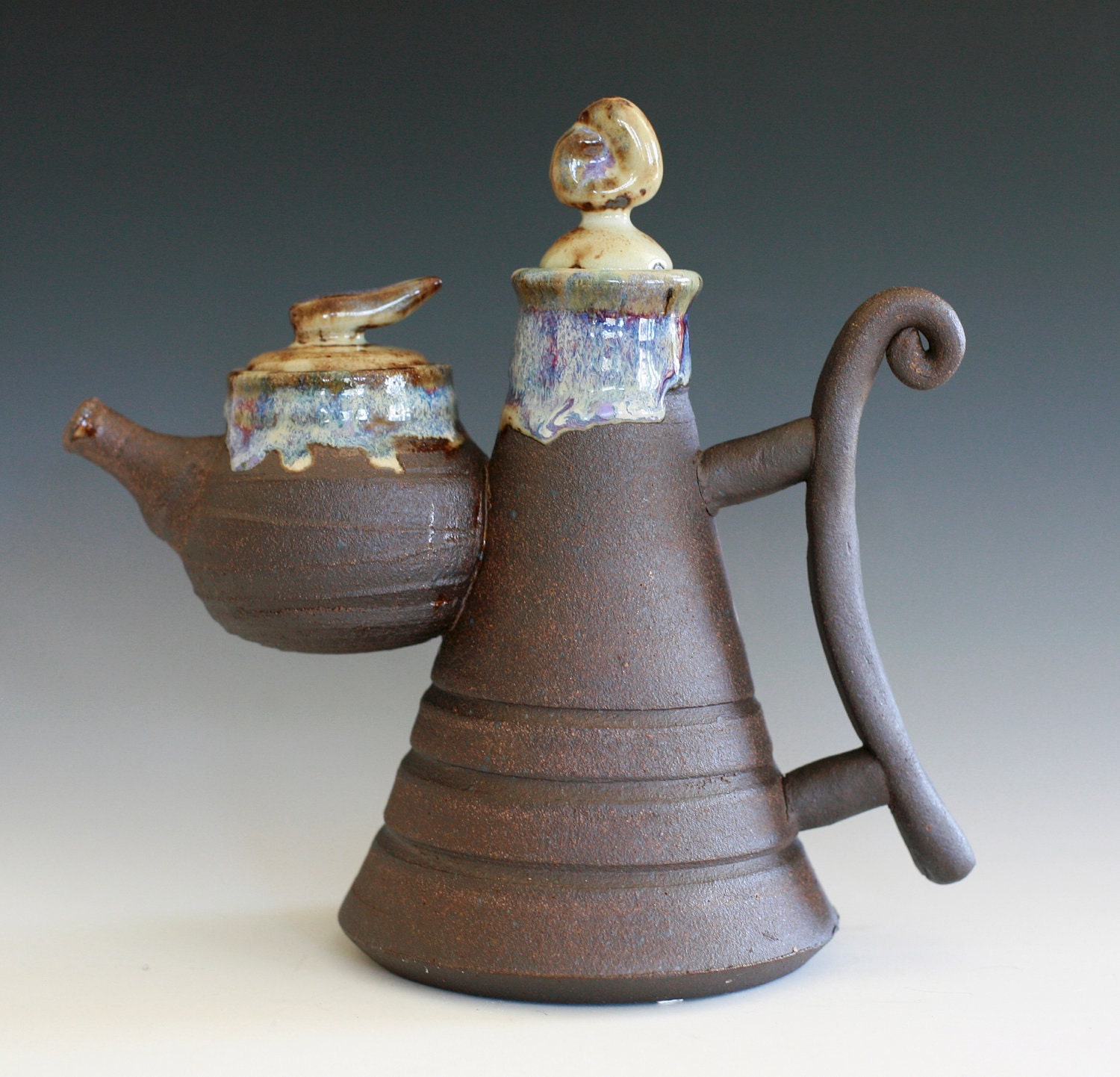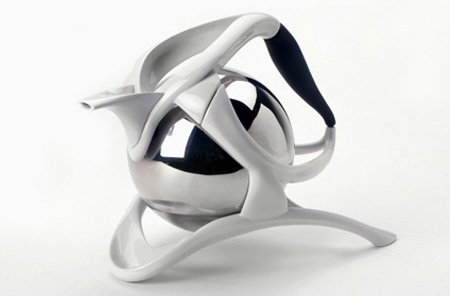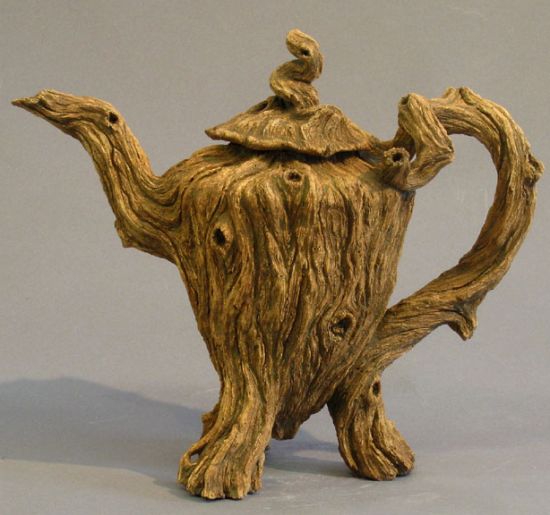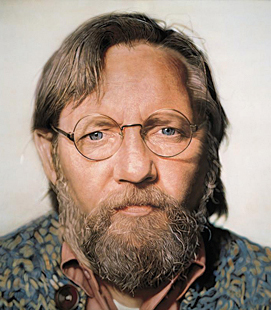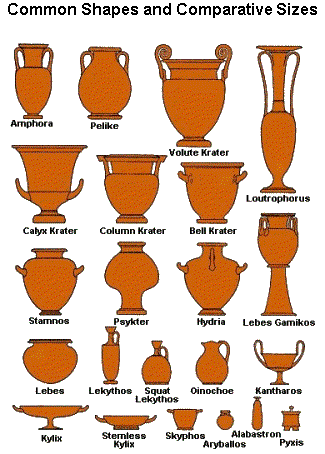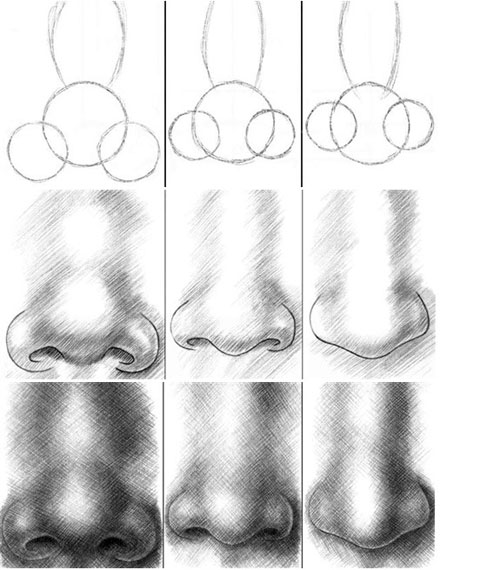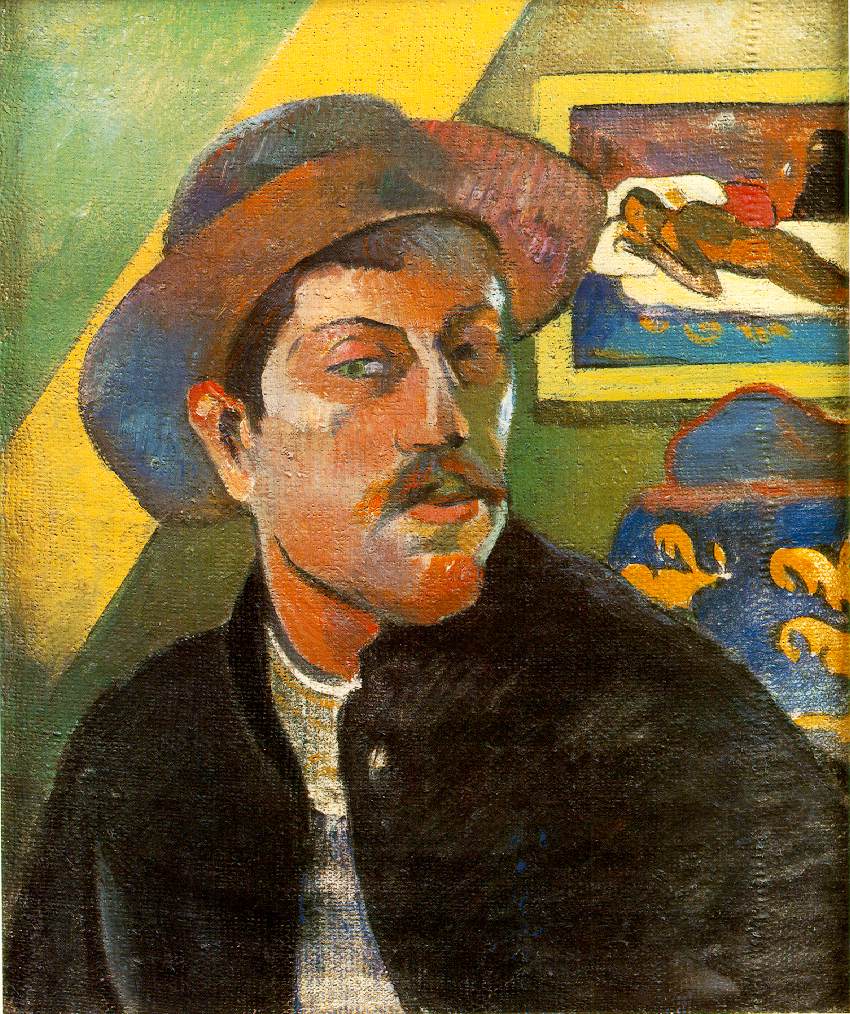Monday, December 9, 2013
3D - Blog 7
Again, I will assign a doll or action figure small sculpture. Use any material that you want to create a 3D object that is a doll or action figure. This should not be flat object and should be able to stand or sit on its own. Look at it from all sides and make sure that it activates the space around it in an interesting way.
2D AP, Megan and Tesch - Blog 7
Reproduce a portrait by Henri Matisse in your sketchbook. Remember to fill the page and include details. It should take you about 2 hours.
Art Two - Blog 7 - van Gogh landscape paintings
Some of us will begin a landscape painting as a group. Look at these landscape paintings by Vincent van Gogh. How are they different than the paintings you are working on now or just finished?

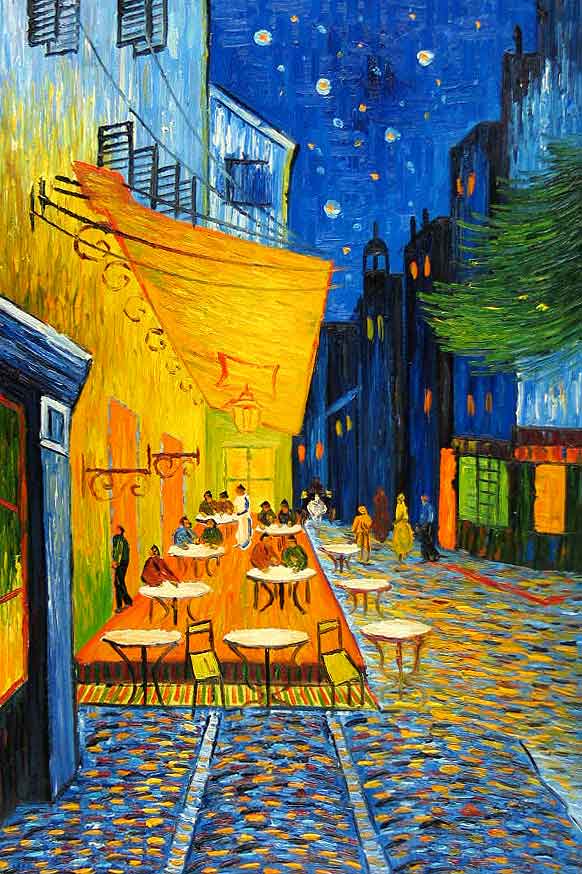
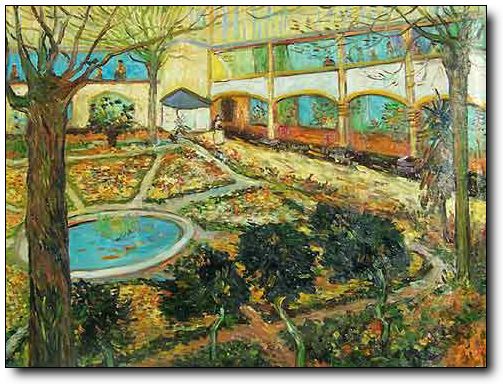



Art One - Blog 7 - more Fauve paintings
Henri Matisse (last week's blog) was the most important and influential Fauve painter. Although he studied to be a lawyer (and was one for a time), he loved art. He became ill, and during that time, he began to paint. He never returned to law. Here are a few more of his paintings. Later in his life, he developed arthritis so he cut paper because he could not hold a brush. His collage work is very well known.
Notice how he uses color. Which is your favorite and why?
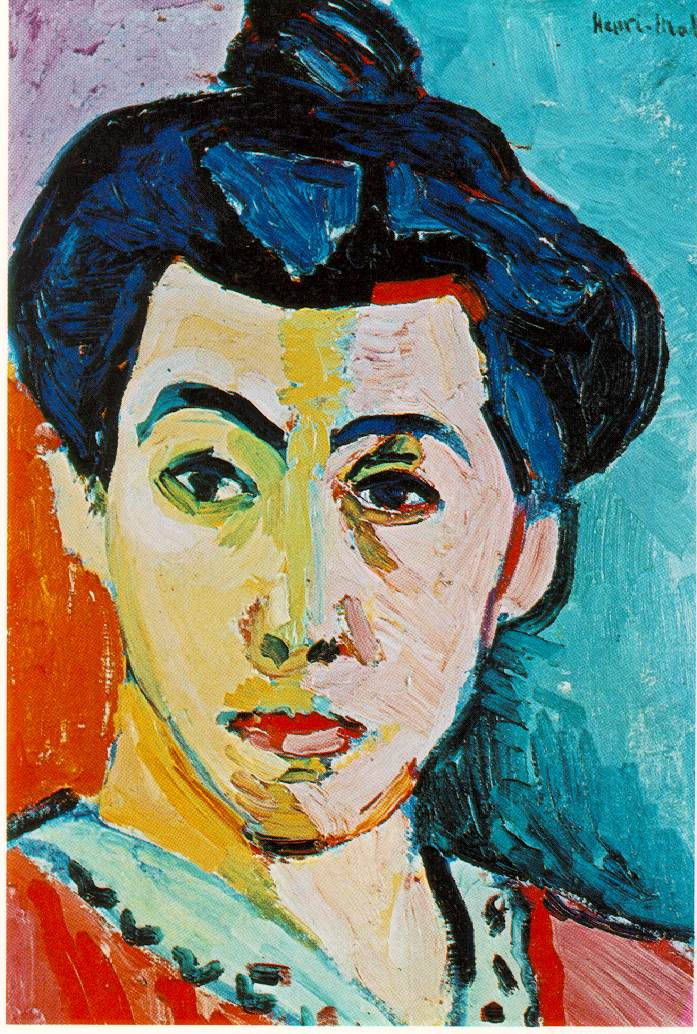


Notice how he uses color. Which is your favorite and why?



Wednesday, December 4, 2013
Katherine and Tesch - 6
Katherine - see the Ceramics blog this week and comment on the teapots.
Tesch - old Dutch masters still life drawing in your sketchbook
Tesch - old Dutch masters still life drawing in your sketchbook
Art 2 - Blog 6 - oil portrait
John Singer Sargent (January 12, 1856 – April 14, 1925) was an American artist, considered the "leading portrait painter of his generation" for his evocations of Edwardian era luxury. During his career, he created roughly 900 oil paintings and more than 2,000 watercolors, as well as countless sketches and charcoal drawings. His oeuvre documents worldwide travel, from Venice to the Tyrol, Corfu, the Middle East, Montana, Maine, and Florida.
His parents were American, but he was trained in Paris prior to moving to London. Sargent enjoyed international acclaim as a portrait painter, although not without controversy and some critical reservation; an early submission to the Paris Salon, his "Portrait of Madame X", was intended to consolidate his position as a society painter, but it resulted in scandal instead. From the beginning his work was characterized by remarkable technical facility, particularly in his ability to draw with a brush, which in later years inspired admiration as well as criticism for a supposed superficiality. His commissioned works were consistent with the grand manner of portraiture, while his informal studies and landscape paintings displayed a familiarity with Impressionism. In later life Sargent expressed ambivalence about the restrictions of formal portrait work, and devoted much of his energy to mural painting and working en plein air. He lived most of his life in Europe.


Madame X is below.

His parents were American, but he was trained in Paris prior to moving to London. Sargent enjoyed international acclaim as a portrait painter, although not without controversy and some critical reservation; an early submission to the Paris Salon, his "Portrait of Madame X", was intended to consolidate his position as a society painter, but it resulted in scandal instead. From the beginning his work was characterized by remarkable technical facility, particularly in his ability to draw with a brush, which in later years inspired admiration as well as criticism for a supposed superficiality. His commissioned works were consistent with the grand manner of portraiture, while his informal studies and landscape paintings displayed a familiarity with Impressionism. In later life Sargent expressed ambivalence about the restrictions of formal portrait work, and devoted much of his energy to mural painting and working en plein air. He lived most of his life in Europe.


Madame X is below.

Art One - Blog 6 - Matisse
Henri Matisse (French: 31 December 1869 – 3 November 1954) was a French artist, known for his use of colour and his fluid and original draughtsmanship. He was a draftsman, printmaker, and sculptor, but is known primarily as a painter. Matisse is commonly regarded, along with Pablo Picasso and Marcel Duchamp, as one of the three artists who helped to define the revolutionary developments in the plastic arts in the opening decades of the twentieth century, responsible for significant developments in painting and sculpture. Although he was initially labelled a Fauve (wild beast), by the 1920s he was increasingly hailed as an upholder of the classical tradition in French painting. His mastery of the expressive language of colour and drawing, displayed in a body of work spanning over a half-century, won him recognition as a leading figure in modern art.
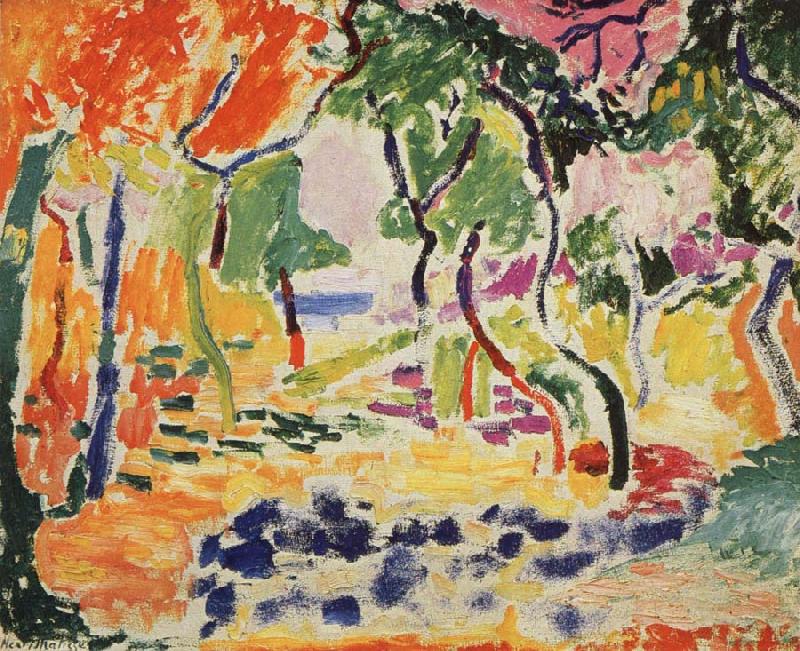
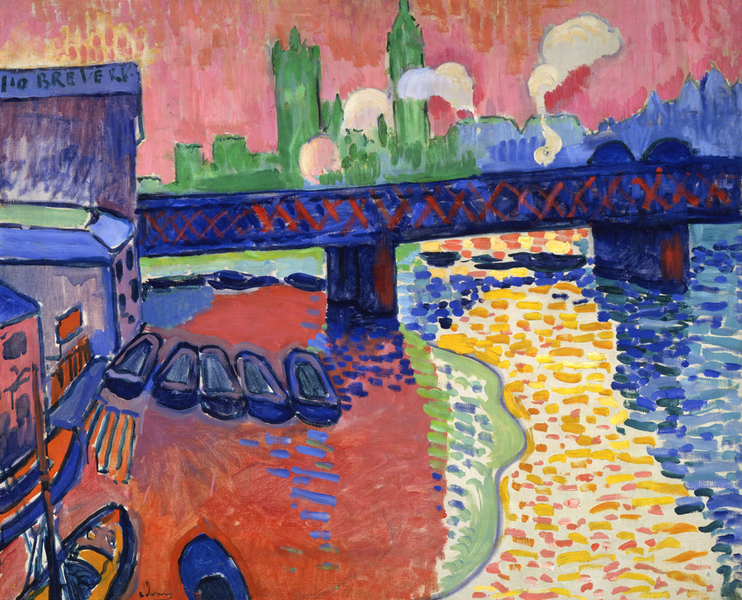


Wednesday, November 20, 2013
Ceramics - Red/Black Figure Greek vases - blog 5
Follow the link below to find out more about red and black figure Greek pottery. During the firing process and if oxidation (smoke) occurs, the smoke can turn the unglazed portions of the pot black.
The site is from the Metropolitan Museum of Art in New York City.
http://www.metmuseum.org/toah/hd/vase/hd_vase.htm
The site is from the Metropolitan Museum of Art in New York City.
http://www.metmuseum.org/toah/hd/vase/hd_vase.htm
Art Two - Janet Fish - Blog 5
Hey y'all! I am so proud of you all. This oil paint is like nothing you have worked with before and although you can blend like crazy and get great results, it's also a little tricky.
This painting is by American artist Janet Fish. She is a contemporary photorealist that is still currently working and showing her work.
What do you think of it? What do you think of working with oils? What have you learned?
Art One - Color - Blog 5
What new thing did you learn about color?
We will be making another painting - this time based on a landscape and expressive brushwork. You will need to have a landscape photograph (preferably one that you have taken) when we start on Monday, Dec. 2. Find an image and load it onto your tablet under your "Pictures" library.

We will be making another painting - this time based on a landscape and expressive brushwork. You will need to have a landscape photograph (preferably one that you have taken) when we start on Monday, Dec. 2. Find an image and load it onto your tablet under your "Pictures" library.

Friday, November 15, 2013
AP Classes - Blog assignment 5
2D, Megan and Tesch - last week you were to re-create a van Gogh landscape. This week use that same technique of short strokes with lots of movement to recreate a landscape or still life that is original to you. You may work from a photograph that you have taken or from life.
3D - Use some of your found materials to make a small doll or figure.
Katherine - find or draw 10-12 bowls in your sketchbook. Next, I want you to work a little larger and concentrate on the bowl form on the wheel.
3D - Use some of your found materials to make a small doll or figure.
Katherine - find or draw 10-12 bowls in your sketchbook. Next, I want you to work a little larger and concentrate on the bowl form on the wheel.
Tuesday, November 12, 2013
Ceramics - Greek Amphora - blog 4
amphora, ancient vessel form used as a storage jar and one of the principal vessel shapes in Greek pottery, a two-handled pot with a neck narrower than the body. There are two types of amphora: the neck amphora, in which the neck meets the body at a sharp angle; and the one-piece amphora, in which the neck and body form a continuous curve. The first is common from the Geometric period (c. 900 bc) to the decline of Greek pottery; the second appeared in the 7th century bc. The height of amphorae varies from large Geometric vases of 5 feet (1.5 metres) to examples of 12 inches (30 centimetres) or even smaller (the smallest are called amphoriskoi). The average normal height is about 18 inches (45 centimetres). Amphorae, which survive in great numbers, were used as storage and transport vessels for olives, cereal, oil, and wine (the wine amphora was a standard Attic measure of about 41 quarts [39 litres]) and, in outsize form, for funerals and as grave markers. Wide-mouthed, painted amphorae were used as decanters and were given as prizes.
Black Figure Neck Amphora

Black Figure One Piece Amphora

Which one is more like your design? Which one do you like better?
Black Figure Neck Amphora

Black Figure One Piece Amphora

Which one is more like your design? Which one do you like better?
Monday, November 11, 2013
AP Class - Blog 4
2D, Megan and Tesch - van Gogh landscape
3D - Your next project will be a Non-objective found relief sculpture with a variety of sizes and textures and something that repeats - we will unify it with one color. By Friday, gather your materials (it will take more than you think and can be extremely random) and print out works by the following artists and tape or glue into your sketchbook – Mark Tobey, Anselm Keifer, Robert Rauchenberg, Juian Schabel.
Katherine - print out 12 mug or cup images that you might find online or in magazines. Tape or glue into your sketchbook.
3D - Your next project will be a Non-objective found relief sculpture with a variety of sizes and textures and something that repeats - we will unify it with one color. By Friday, gather your materials (it will take more than you think and can be extremely random) and print out works by the following artists and tape or glue into your sketchbook – Mark Tobey, Anselm Keifer, Robert Rauchenberg, Juian Schabel.
Katherine - print out 12 mug or cup images that you might find online or in magazines. Tape or glue into your sketchbook.
Wednesday, November 6, 2013
Art Two - Blog 3 - Ralph Goings
Art One - Blog 3 - Picasso

http://www.youtube.com/watch?v=qR7liV4O9-4
Watch the above video and tell me which painting you like the best. The least?
Ceramics - Blog 3
AP Class - Blog 3
2D, Tesch and Megan - recreate a Cezanne still life in your sketchbook. Remember to use the whole page and use whatever materials you want.
3D - complete a full page sketch of what you think your finished bust (clay head and shoulders) will look like.
Katherine - full page of mug designs - different forms, feet and handles
3D - complete a full page sketch of what you think your finished bust (clay head and shoulders) will look like.
Katherine - full page of mug designs - different forms, feet and handles
Tuesday, October 29, 2013
AP Class - Blog 2
2D students - spend an extra 2 hours on your drawing this week OUTSIDE of class. I will check your progress on Friday and assign a deadline
3D - Assemble your bell. File rough edges, touch up any place where the glaze is off, see me for a rebar pole (Lizzie and Maisy), cut the pole and assemble.
Tesch and Megan - drawing of a tin can or glass jar with a sock
Katherine - watch 5 youtube videos on centering, wheel throwing and trimming. Post the links in the comment box.
3D - Assemble your bell. File rough edges, touch up any place where the glaze is off, see me for a rebar pole (Lizzie and Maisy), cut the pole and assemble.
Tesch and Megan - drawing of a tin can or glass jar with a sock
Katherine - watch 5 youtube videos on centering, wheel throwing and trimming. Post the links in the comment box.
Ceramics - Blog 2 - wheel throwing
http://www.youtube.com/watch?v=M9-hAJ8IrmU
Watch the above video on wheel throwing. It will take lots of practice, but I'm sure you can do it! The only difference in the video and what Mrs. Causey taught us - cut the bowl off of the bat but do not remove it until the next day when it's time to trim. Remember, everyone will need to produce something on the wheel. You will have more than one chance and you can come work whenever you have a free hour.
Watch the above video on wheel throwing. It will take lots of practice, but I'm sure you can do it! The only difference in the video and what Mrs. Causey taught us - cut the bowl off of the bat but do not remove it until the next day when it's time to trim. Remember, everyone will need to produce something on the wheel. You will have more than one chance and you can come work whenever you have a free hour.
Monday, October 28, 2013
Art Two - Blog 2 - Photorealism

This motorcycle is not a photograph! It's a painting by Tom Blackwell. Amazing.
Watch the following video about Photorealism. It's a little long but there is some amazing work. The interview with Tom Blackwell is a little sad but he is a master!
http://www.youtube.com/watch?v=rFhJRfJUcUM
Art One - Blog 2 - van Gogh

Watch the following video. It is a group of Vincent van Gogh's paintings set to Don Mclean's "Starry, starry night" song. Van Gogh was a Dutch artist who lived in France for the most productive years of his life. He was born in 1853 and died in 1890 - only 37 years old. Van Gogh began to draw as a child, and he continued to draw throughout the years that led up to his decision to become an artist. He did not begin painting until his late twenties, completing many of his best-known works during the last two years of his life. In just over a decade, he produced more than 2,100 artworks, consisting of 860 oil paintings and more than 1,300 watercolors, drawings, sketches and prints. His work included self portraits, landscapes, still lifes, portraits and paintings of cypresses, wheat fields and sunflowers.
Grab a comfy chair and enjoy.
http://www.youtube.com/watch?v=DD1ih3Q9otE
Wednesday, October 23, 2013
3D AP Art - Blog 1

Look at Andy Nasisse's work. (btw.... He was formerly married to Mary Engel who made the collaged dog sculptures that we looked at last year in Ceramics.) Draw one of his expressive face pots in your sketchbook. You will be creating a work in this same style next. Come up with a plan. Your face should convey some sort of expression - sad, mad, glad, frustrated, worried, etc.
Tuesday, October 22, 2013
2D AP - Friday Assignment 1
Check out a digital camera from Mrs. Butler. Shoot 30 photos (total) of the following topics. Make sure the date stamp is off and the quality is set to high. Lighting is key. Do not shoot in the shade and watch your background - it is part of the image. Try different angles, shoot from above and below and even sideways. Load the images onto your tablet and place in a new folder in your pictures folder.
Hands, hair, feet and/or fabric
Landscape (close up details and a wide expanse)
Cracked, bent, broken or warped
Kitchen utensils
Multiple rooms shown at one time.
Hands, hair, feet and/or fabric
Landscape (close up details and a wide expanse)
Cracked, bent, broken or warped
Kitchen utensils
Multiple rooms shown at one time.
Megan and Tesch - Friday drawing 1 (2nd Quarter)
Complete a drawing of hands, feet and some sort of fabric. Use any materials and use a full sketchbook page.
Art Two - Color Theory
The Color Wheel
A color circle, based on red, yellow and blue, is traditional in the field of art. Sir Isaac Newton developed the first circular diagram of colors in 1666. Since then, scientists and artists have studied and designed numerous variations of this concept. Differences of opinion about the validity of one format over another continue to provoke debate. In reality, any color circle or color wheel which presents a logically arranged sequence of pure hues has merit.
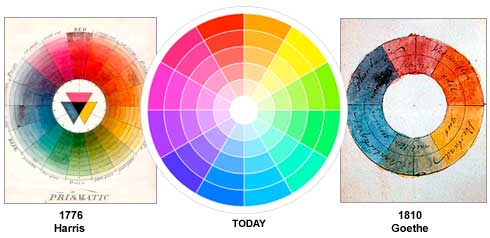

There are also definitions (or categories) of colors based on the color wheel. We begin with a 3-part color wheel.

In traditional color theory (used in paint and pigments), primary colors are the 3 pigment colors that can not be mixed or formed by any combination of other colors. All other colors are derived from these 3 hues.
Secondary Colors: Green, orange and purple
These are the colors formed by mixing the primary colors.
Tertiary Colors: Yellow-orange, red-orange, red-purple, blue-purple, blue-green & yellow-green
These are the colors formed by mixing a primary and a secondary color. That's why the hue is a two word name, such as blue-green, red-violet, and yellow-orange.
Art One - Color Theory - Blog 1 (2nd Quarter)

Follow the link below and complete the survey. You don't have to put in your email address if you don't want.
Which question and color comparison was the most interesting?
http://www.colormatters.com/color-symbolism/global-color-survey
Wednesday, October 16, 2013
All Art Classes - Extra Credit
We will have a blog holiday this week (a drawing holiday for AP). Instead, bring a jar (or 2) of Peanut Butter that we will donate to Macon Outreach for their food pantry. I will replace you lowest Friday Blog grade with a 100. If you have a 100 Blog or Friday Drawing average, I will add 3 points to a project grade instead.
Wednesday, October 9, 2013
Ceramics - #7 Day of the Dead

Watch these two videos and let me know what you think. Comment on only the videos.
http://www.youtube.com/watch?v=sUUAgEWeYeI
http://www.youtube.com/watch?v=mKjPHV3HEjY
Monday, October 7, 2013
AP Art - #7
2D and 3D students need to draw the image of the skull in their sketchbooks by Friday. Use the handout I gave you and include some sort of background. Make sure it is a full page and include lots of details.
Tesch, make a drawing of a free form pot from your imagination. Maybe even put it in some sort of background or environment.
Katherine, make several (3-5) sketches for a plan for the base of your sculpture.
Tesch, make a drawing of a free form pot from your imagination. Maybe even put it in some sort of background or environment.
Katherine, make several (3-5) sketches for a plan for the base of your sculpture.
Tuesday, October 1, 2013
Ceramics - #6 Blog
I will not show you some masterful creation this week. Use the comment box to either vent or brag about your slab container. Tips for each other?
Art One - #6 Printing video
Check out the attached video for printing tips. The girl is a pretty good artist but needs to paint those nails ;) Also, make sure you watch the video instead of comment on the photo. You won't get full credit if you don't.

Video link below:
http://www.youtube.com/watch?v=Kl4lmTQJ5uM
Video link below:
http://www.youtube.com/watch?v=Kl4lmTQJ5uM
3D AP - #6 Friday assignment

We will NOT work on your projects in class past Friday. I will grade your carved first thing Monday morning. If you take it home over the weekend to work on it (which is totally fine) you will need to deliver to me before first period. Katherine, I will discuss yours when I get back. Keep plastering.
This week's Friday assignment is to recreate a work by Barbara Hepworth. Remember these drawings should be a full page and should take at least 2 hours. Some of you have been rushing this assignment. That will not help you in the end. It is great practice, has you looking at some really important artists and will stock your sketchbooks with great images.
2D AP - #6 Friday Assignment
We will NOT work on your projects in class past Friday. I will grade the seated figure painting/collages first thing Monday morning. If you take it home over the weekend to work on it (which is totally fine) you will need to deliver to me before first period.
This week's Friday assignment is to recreate a work by Giotto or Cimabue. These are both Italian early Renaissance artists. Feel free to collage in other papers or put your own spin on it. Remember these should take at least 2 hours. Some of you have been rushing this assignment. That will not help you in the end. It is great practice, has you looking at some really important artists and will stock your sketchbooks with images that we will use later for a Photoshop project.

This week's Friday assignment is to recreate a work by Giotto or Cimabue. These are both Italian early Renaissance artists. Feel free to collage in other papers or put your own spin on it. Remember these should take at least 2 hours. Some of you have been rushing this assignment. That will not help you in the end. It is great practice, has you looking at some really important artists and will stock your sketchbooks with images that we will use later for a Photoshop project.

Wednesday, September 25, 2013
AP Class - Fri. #5
Spend an extra two hours (either this week or over the weekend) on your current project. Carved sculptures and collage/paintings are due on Wednesday. Katherine - I'm not pinning you down yet.
Art Two - Blog 5 - Rembrandt
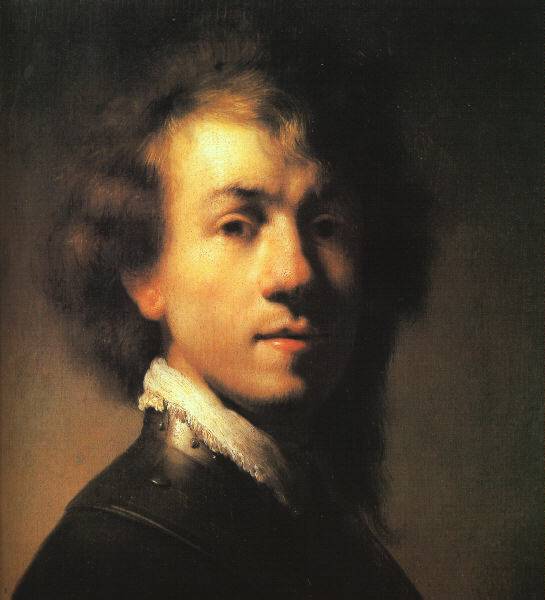
Rembrandt van Rijn (Dutch 15 July 1606 – 4 October 1669) was a Dutch painter and etcher. He is generally considered one of the greatest painters and printmakers in European art and the most important in Dutch history. His contributions to art came in a period of great wealth and cultural achievement that historians call the Dutch Golden Age when Dutch Golden Age painting, although in many ways antithetical to the Baroque style that dominated Europe, was extremely prolific and innovative.
Having achieved youthful success as a portrait painter, Rembrandt's later years were marked by personal tragedy and financial hardships. Yet his etchings and paintings were popular throughout his lifetime, his reputation as an artist remained high and for twenty years he taught many important Dutch painters. Rembrandt's greatest creative triumphs are exemplified especially in his portraits of his contemporaries, self-portraits and illustrations of scenes from the Bible. His self-portraits form a unique and intimate biography, in which the artist surveyed himself without vanity and with the utmost sincerity.

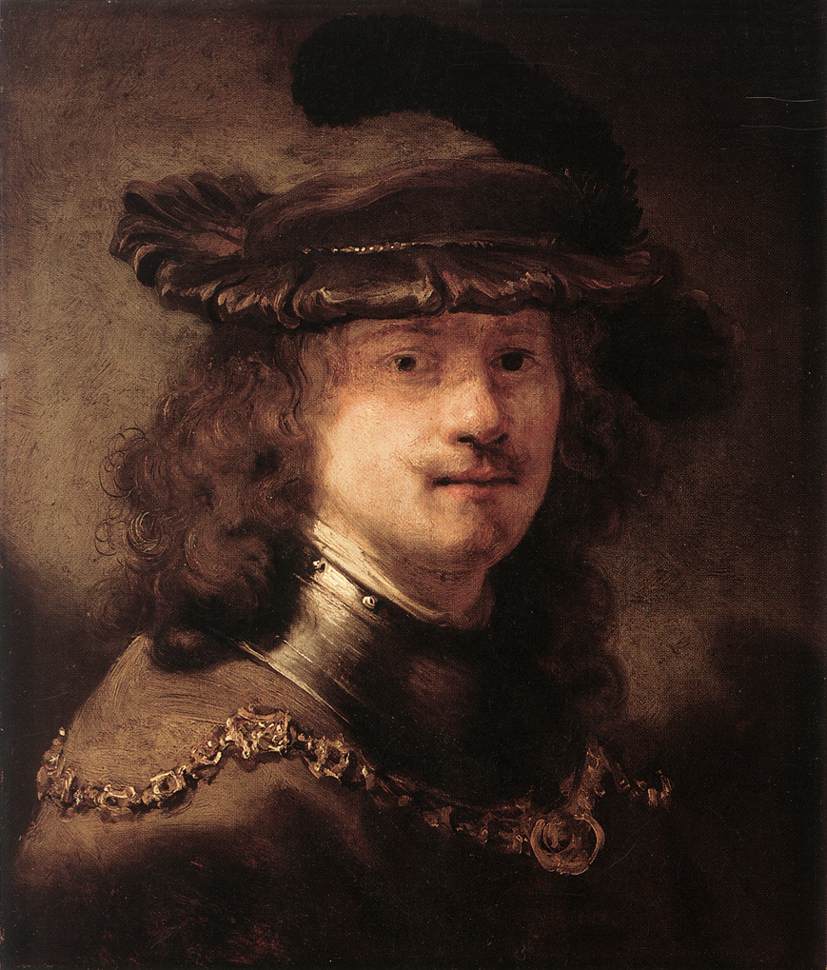
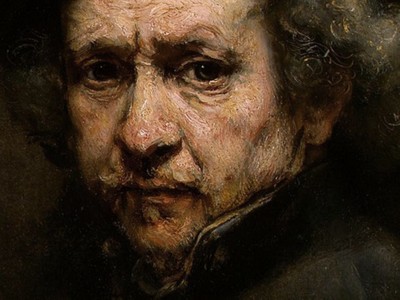
Subscribe to:
Posts (Atom)
